Once or twice a year I’ve been gifted with the sight of a kingfisher flashing past, a mesmeric blur of blue far too exotic to belong in Britain. So to watch one at leisure as it perches by the fringe of willow that hides its nest is, to say the least, a rare treat. And the only reason I can do so is because I’ve been guided to the right part of the riverbank.
The guide in question is Steve Gozdz, who runs GG Wildlife Experiences on a section of the Thames near Oxford. “That’s the female; I can hear the male just a little further downstream. He’ll be busy bringing fish back to the nest. Kingfishers need at least a dozen fish a day – each. With a brood of five or six, that’s a lot of fish.”
Steve pulls off the unusual trick of being knowledgable about birds and extremely good at communicating to those who, like me, might not be. For I should declare my own credentials up front, which are those of, in the title of Simon Barnes’ excellent book, “a bad birdwatcher” – that is, I like them but don’t know much about them. And I’m only interested in ones that have a bit of distinctive attitude and bling – and kingfishers come top of the chart.
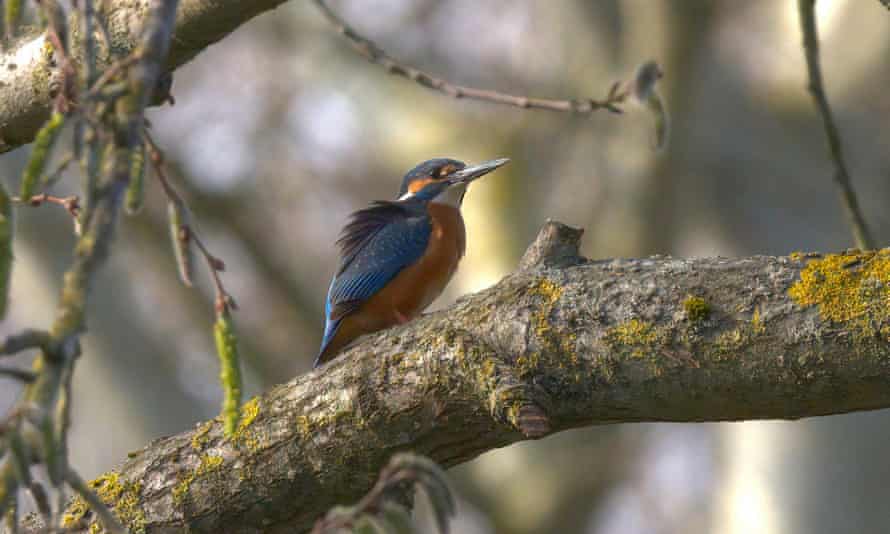
“I was watching this particular pair when they first met up and he propositioned her, so to speak, by offering a fish. She turned him down on the grounds that the fish wasn’t large enough, so he had to go off and get another one, which this time measured up,” Steve says.
Steve has identified nesting sites for a dozen pairs of kingfishers spaced roughly a kilometre apart along the Thames, which in kingfisher terms is congested. The reason there are so many is that fish are plentiful here – but so are other predators.
He once watched a rat raid one of the kingfisher nests – helplessly, as he was the other side of the river, so could not intervene. “I never heard such a heart-rending cry as the male gave immediately afterwards. He had tried his hardest to ward off the rat but when that failed, he flew over the river and sat on a branch above my head as if he was completely exhausted.”

Until the start of the pandemic Steve, in his late forties, had been working as a heating contracts manager in the building trade. But when the new job he was due to start in March 2020 fell by the wayside because of the pandemic, he turned to what had always been his great hobby, birdwatching, and started these guided tours.
“I’ve found a lot of people need kickstarting when it comes to birds. They would like to get interested but are intimidated by the pro-talk that goes with it, or don’t know where to begin. I started off just doing this for friends on a casual basis, but it mushroomed and now it’s full-time.”
When we turn inland from the river, he points out a yellowhammer perched on a roof; at a distance I had assumed it was just an architectural bump. Through binoculars, I can enjoy the sleek “head of solid gold” that John Clare so admired. There’s a linnet sitting on a telegraph wire beyond, and skylarks bobbing down into the nearby fields. “They’ll always hide their nest by diving down into the field a little distance away and then burowing across to it in the undergrowth so that predators can’t follow them.”
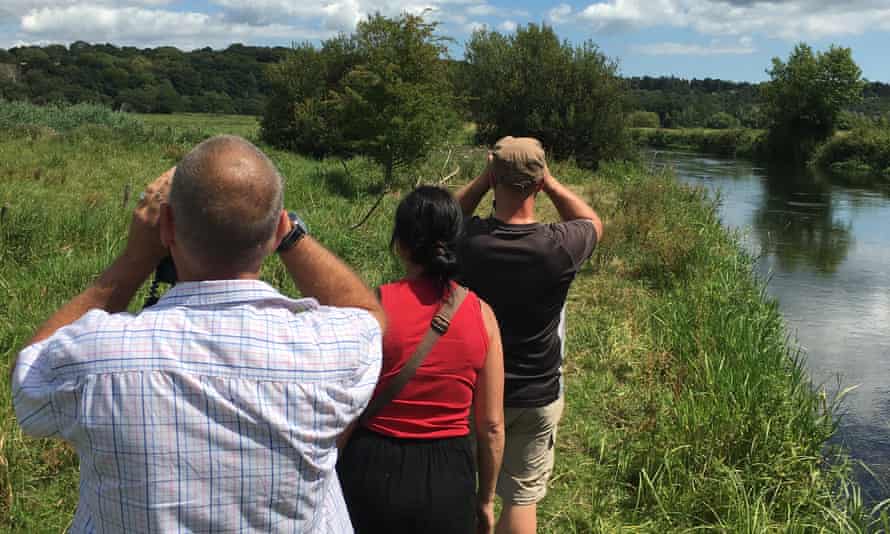
We stand under a large conifer which looks unpromising with its deep, dark shade. Silhouetted high up against the sky is the tiny shape of a goldcrest, Europe’s smallest bird, weighing not much more than a 20p piece. As if to compensate, it has one of the showiest haircuts on the avian block, a mohican streak of gold, from which the name comes. A naturally curious bird – partly because it’s too insubstantial for many predators to bother eating – it comes down to investigate us.
Steve has heard the bird before he’s seen it. I am impressed by his ability to pick out individual species from afar, although for phone apps such as Birdnet are remarkably good at telling amateurs what they’re listening to.
He points out a dunnock. Under normal circumstances I would find it hard to get excited by dunnocks – essentially small brown hedge sparrow. Steve senses my lack of enthusiasm. “Polyamorous, dunnocks are. Get up to all sorts. Most longer-lived birds like swans or swifts or that yellowhammer we saw are monogamous, but dunnocks aren’t around for long so they’ll really have a go.”
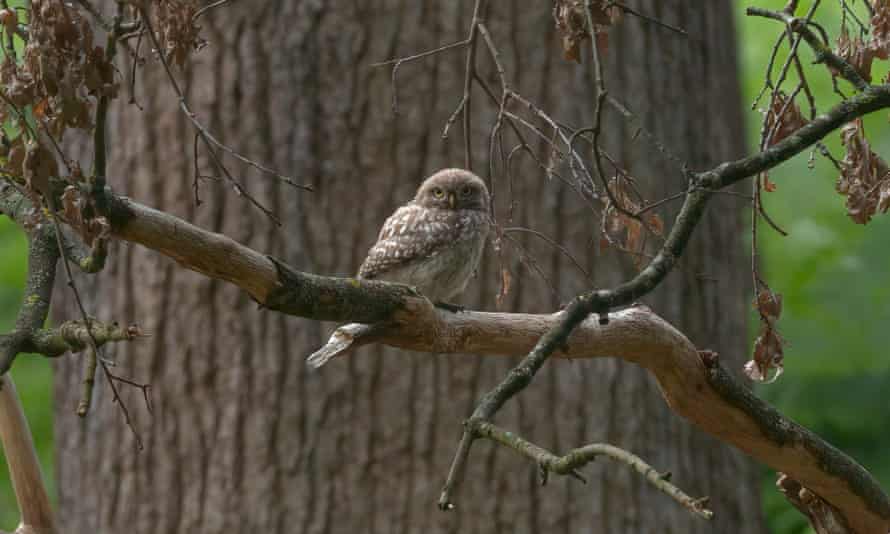
We are near Goring and Streatley on the upper Thames, just downriver from Oxford and easily accessible by train. Back in the day, this was an Edwardian boating station with a louche reputation for weekend assignations from London – a Brighton on Thames. Hotels like the Swan – which perhaps should have been called the Dunnock – did a roaring business in suites for the weekend, with champagne on ice and few questions asked.
We pass the riverfront of the large house that Oscar Wilde once rented for a whole summer to impress Bosie (Lord Alfred Douglas) – almost bankrupting himself in the process, according to his biographer Richard Ellmann – while further along is the mansion where George Michael lived and died.
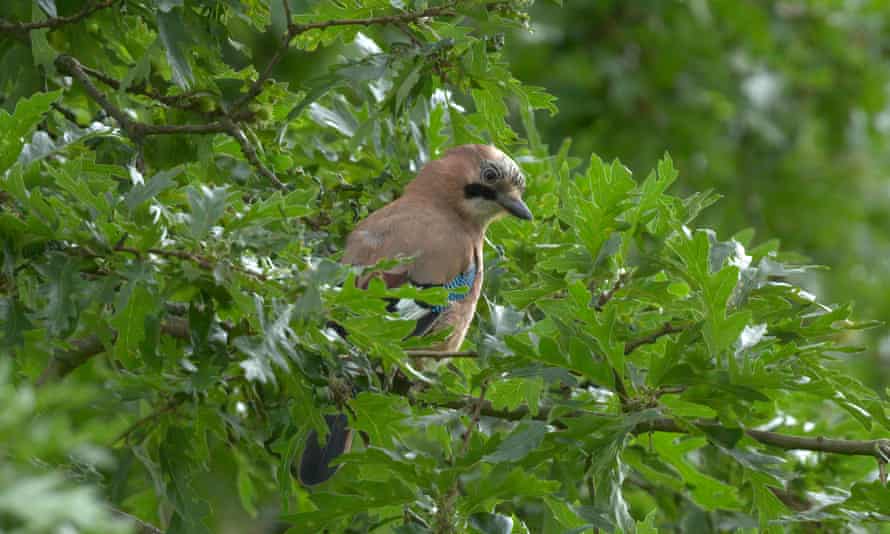
But Steve doesn’t restrict himself to Goring. He also leads wildlife tours in south-west London’s Bushy Park – “you’d be amazed what you can see on the outskirts of London if you know where to look” – and ranges around the home counties. “I used to live in Surbiton – and if you can see birds in Surbiton, you can see birds anywhere.”
Bushy Park is a particularly good example of how people can pass striking examples of nature and be oblivious. Steve takes me and a few friends to see a family of little owls. They are skipping around on some fallen logs near a path which sees a regular procession of dog walkers and joggers. At one point two of the fluffiest ones are joined by a squirrel, sniffing at them in a scenario that worthy of a Disney film. “Aaah,” we all go.
Not far away is another small family – this time of jays. I’m used to the brash adults proclaiming their presence, but the youngsters are charming, their colouring not yet fully developed so more matte; they’re shy and nervous, playing hide and seek around one of the wooden palisades that protects a small tree.
Steve rounds up the three main urban myths that circulate about the many parakeets we see, each of which is individually satisfying and cumulatively even more so: that they escaped from the set of the African Queen; that Jimi Hendrix released them from his private collection; that when Windsor safari park closed in 1992, staff refused to euthanise the birds and set them free instead.
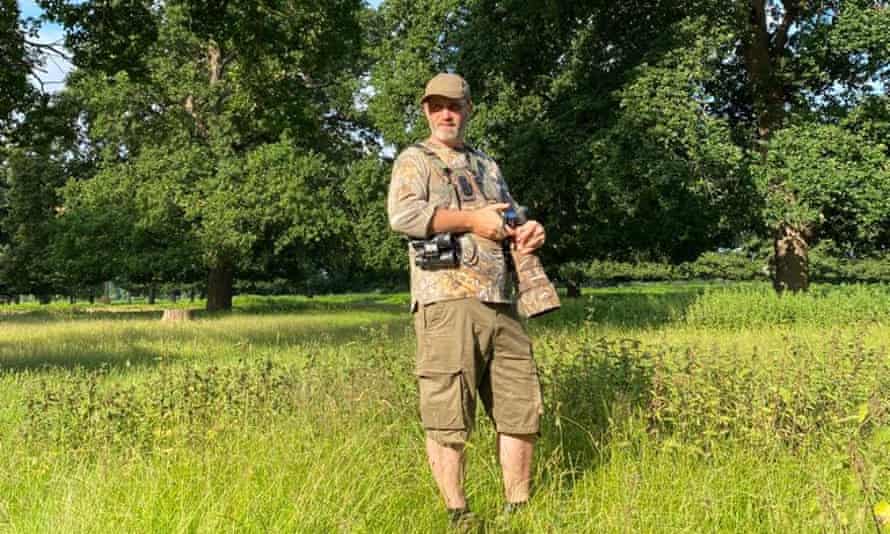
This is birdwatching as it should be – not trying to tick off species, but exploring the wider avian world where it intersects with the human one, and getting used to the idea that paying attention to the natural world is both easier and more satisfying than many walkers might imagine.
Steve tells me of a magical moment when he had taken a group to see a kingfisher on the Thames and they came across the adult male teaching his youngsters to fish. They were sitting on a higher branch watching him as he demonstrated, with quick dives, how to spear and retrieve any passing bit of piscine food. Steve described the expression on the faces of the young birds as mixed timidity and admiration as Dad returned with, if not the bacon, at least the sticklebacks.





